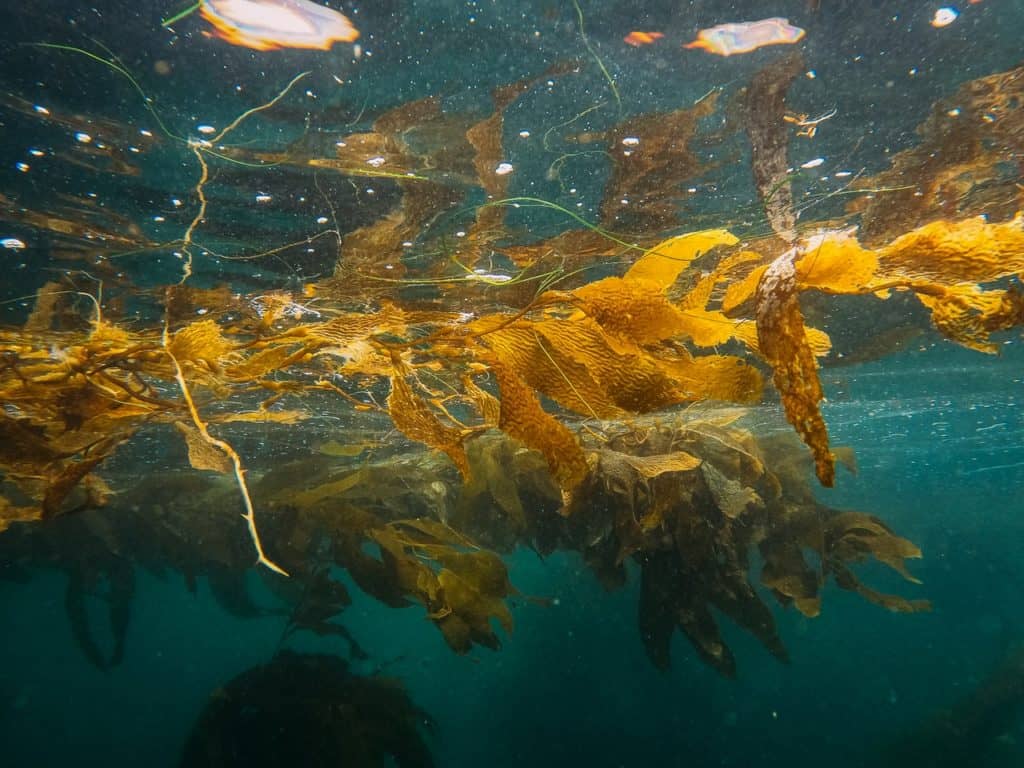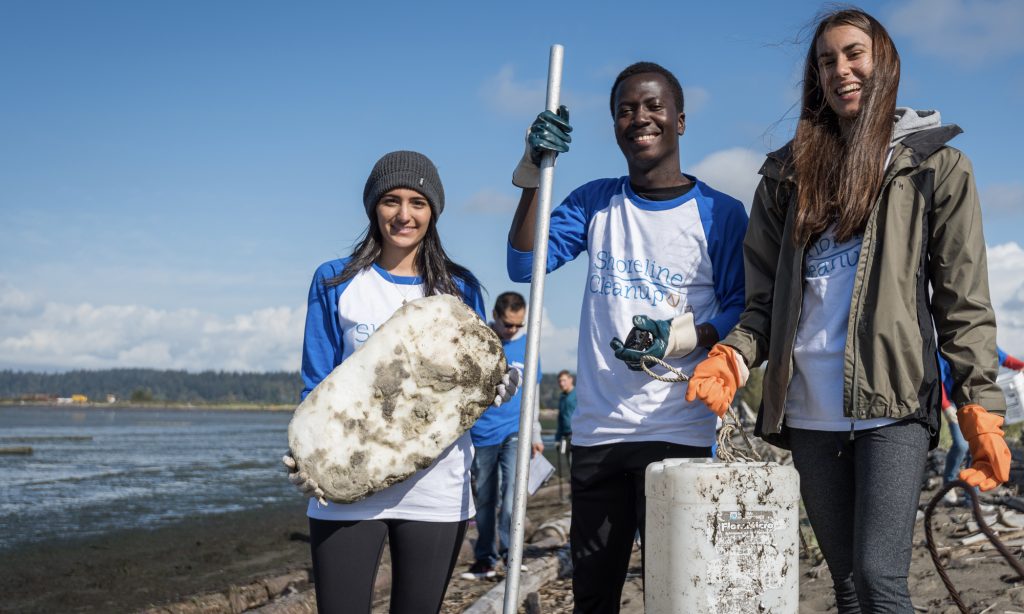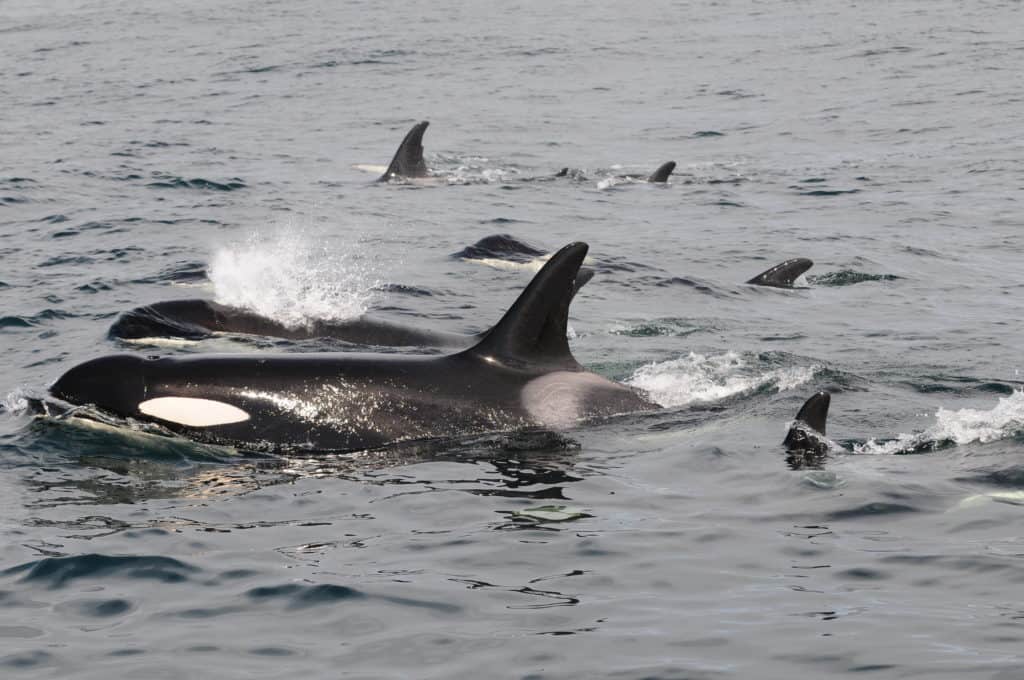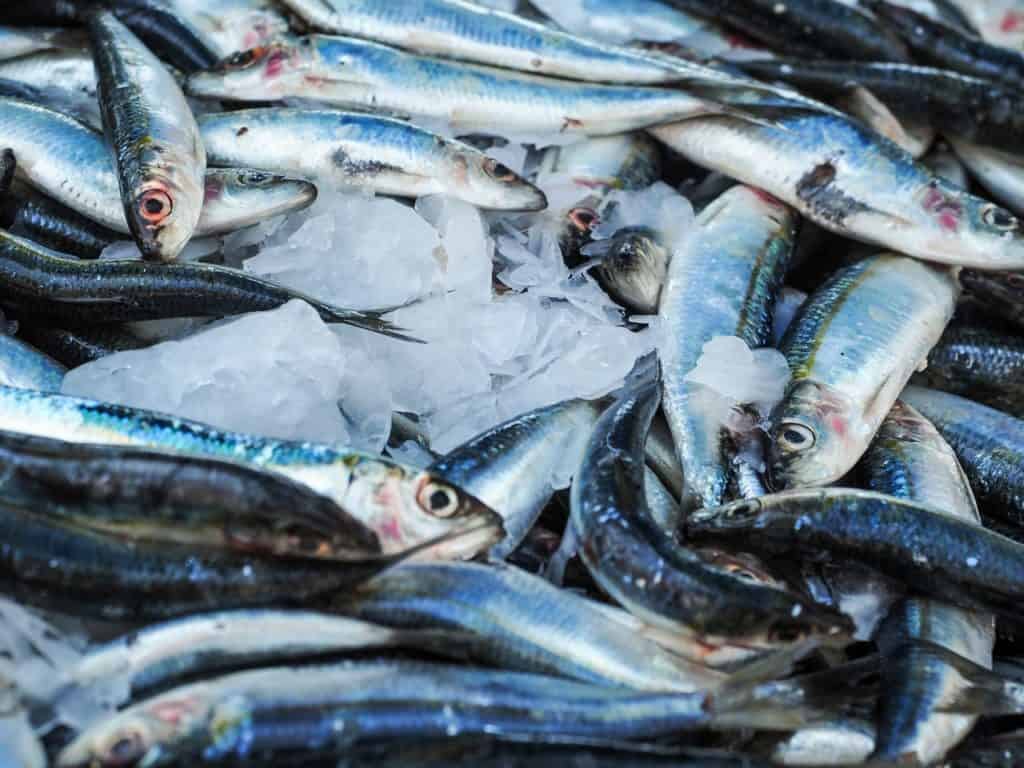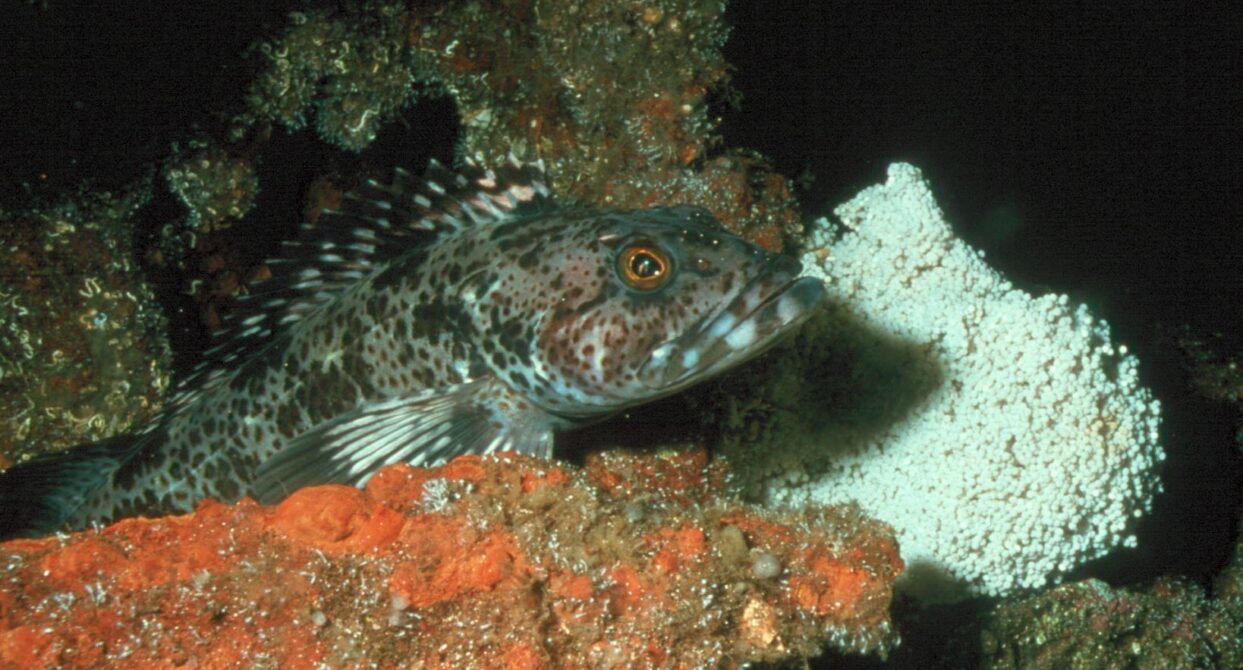
2022 Lingcod survey
Calling all divers
Join in on the citizen scientist survey effort to record lingcod egg mass sightings and cover as much geographic area of the British Columbia coast as we can. Revisiting some of your favourite dive sites it a great way to contribute to this survey and help improve understanding how spawning lingcod in those areas are faring
By taking part in the Annual Lingcod Egg Mass Survey, you are helping to gather important information about a valuable local resource, which has declined to just 7-22% in the Strait of Georgia. Divers participating in this annual survey collect information on the number, size, condition, and position of egg masses, as well as whether or not a guarding male is present. Data such as these help us determine the health of local lingcod populations.
The survey is carried out just after mature female lingcod spawn. After spawning, the female leaves the male to guard the nest site. The behavior of the guarding male and the distinctive Styrofoam appearance of the egg masses are easily identified by divers. The size of the egg mass indicates the age of the spawning female while the number of egg masses observed in a given area helps researchers determine lingcod abundance. The survey uses data collected by divers to evaluate the status of lingcod populations on the coast of B.C.
The data collected provides information on the reproductive outputs of lingcod.
- Read the 2021 Lingcod Egg Mass Survey Report
- Read the 2019 Lingcod Egg Mass Survey Report
This year, the Marine Education and Research Society will be leading the data collection efforts while Ocean Wise works to identify a new long-term custodian for this important citizen science project.
– LEMS Examples and Survey Guide
If you have any questions, or would like more information sent to you, please email [email protected]
About the Lingcod Egg Mass Survey
The Lingcod Egg Mass Survey, initiated in the winter of 1994 by the Marine Life Sanctuaries Society (MLSS), encourages divers from the community to survey spawning of lingcod along the B.C. coast. Since 1996, Ocean Wise has promoted and collated data for the survey, encouraging a record number of participants. Divers are an integral part of this important citizen science initiative and contribute to this survey every year by submitting their dive records online.
This year, the Marine Education and Research Society will be leading the data collection efforts while Ocean Wise works to identify a new long-term custodian for this important citizen science project.
About lingcod
Lingcod have an extensive history of commercial and recreational exploitation and were once the fourth largest commercial fishery in British Columbia. In the late 1980s, lingcod stocks in the Strait of Georgia collapsed to approximately 3-5% of original biomass, with Howe Sound stocks reaching a low 1% of original biomass. As a result, the Strait was closed to commercial fishing in 1990, with sport fishing regulations established in 1992. Even with these precautionary actions implemented, the last decade has seen a downward trend in lingcod abundance along British Columbia’s south coast.
The two main threats to lingcod population recovery are illegal fishing practices (poaching) and predators, including seals and sea lions. Lingcod populations face pressure from recreation fishing likely due to a combination of lack of knowledge of fishing restrictions and difficulty of enforcement by the Department of Fisheries and Oceans.
Surveys within areas for year-to-year comparisons are needed to build a comprehensive understanding of lingcod population abundance and structure in order to enact effective protection measures
